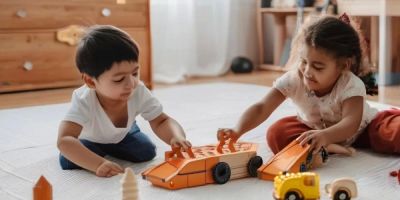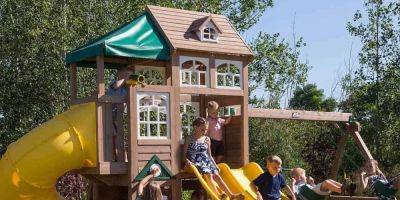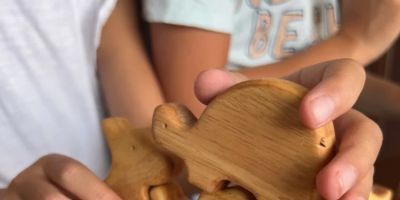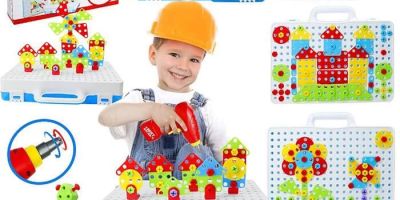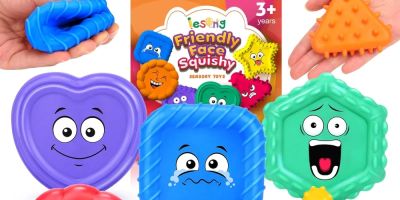- 1-Understanding-the-Concept-of-a-Toy-Library
- 2-Planning-and-Organizing-Your-Toy-Library
- 3-Selecting-and-Curating-Toys
- 4-Creating-an-Engaging-and-Functional-Space
- 5-Maintaining-and-Expanding-Your-Toy-Library
1. Understanding the Concept of a Toy Library
Building a toy library for your kids means creating a dedicated space where toys are not only stored but also organized and rotated regularly to keep the play environment stimulating and fresh. Unlike simply hoarding toys, a toy library encourages intentional selection and sharing, fostering creativity and social skills.
This concept has gained popularity among parents who want to reduce clutter while maximizing their children’s playtime value. A toy library also teaches kids about responsibility and caring for shared items. For example, a family I know set up a toy library at home and noticed that their children became more engaged and excited about “new” toys every few weeks, despite owning a smaller collection overall.
1.1 Benefits Beyond Storage
Aside from decluttering, a toy library promotes cognitive development, imagination, and problem-solving skills by regularly introducing diverse toys. It also supports sustainability by encouraging reuse and sharing.
2. Planning and Organizing Your Toy Library
A well-planned toy library requires thoughtful organization to ensure accessibility and ease of use:
2.1 Assessing Space and Storage Solutions
Start by choosing a location that is safe, spacious enough for play, and easily accessible for your kids. Use shelves, bins, and labeled containers to categorize toys by type or age group. Clear storage boxes can help kids quickly find and put away toys, fostering independence.
2.2 Establishing Rules and Rotation Systems
Implement a rotation schedule to swap out toys regularly, preventing boredom and keeping the selection interesting. You can create simple rules, such as returning toys after use and taking care of shared items, which encourage respect and responsibility.
3. Selecting and Curating Toys
Choosing the right toys is key to building a successful toy library. Aim for a balance between educational, imaginative, and sensory toys:
3.1 Age-Appropriate and Versatile Toys
Select toys suitable for your child’s current developmental stage, but also include items that can grow with them, such as building blocks or puzzles with varying difficulty levels.
3.2 Including Open-Ended Toys
Open-ended toys like art supplies, costumes, or construction sets allow for creativity and multiple ways to play, which supports longer engagement.
For parents looking for quality and diverse toys to start or expand their toy library, Knight Toys offers an excellent range of products tailored to different age groups and interests.
4. Creating an Engaging and Functional Space
Beyond storage, the toy library environment should invite play and exploration:
4.1 Comfortable and Safe Play Area
Incorporate soft rugs, child-sized furniture, and good lighting to make the space welcoming and safe. A cozy corner with cushions can become a favorite spot for quiet play or reading.
4.2 Display and Accessibility
Arrange toys visibly and within reach to encourage independent choice. Rotating featured toys on open shelves can spark curiosity and anticipation.
5. Maintaining and Expanding Your Toy Library
Keeping your toy library fresh requires ongoing effort but pays off in sustained engagement:
5.1 Regular Cleaning and Quality Checks
Ensure toys are clean, safe, and in good condition. Remove broken or unused items to maintain an inviting collection.
5.2 Involving Kids in the Process
Encourage your children to help choose which toys to keep or rotate, which teaches decision-making and ownership.
5.3 Growing with Your Child’s Interests
As kids develop new interests, adapt the toy library by introducing themed sets or new categories. For inspiration and access to the latest educational toys, Knight Toys is a reliable resource offering products suited to evolving needs.

